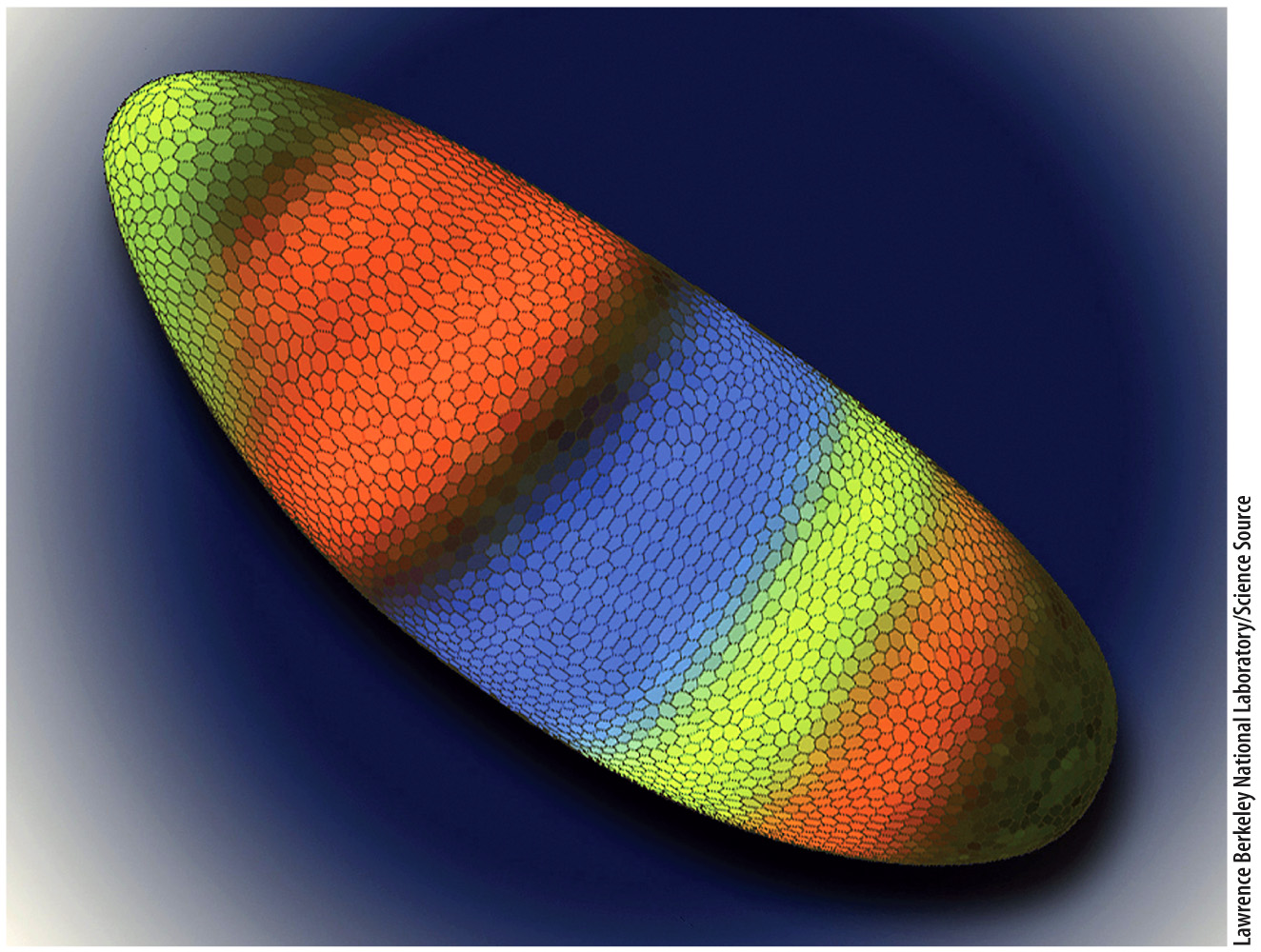Chapter 19 Introduction
CHAPTER 19
Genetic and Epigenetic Regulation

Core Concepts
- The regulation of gene expression in eukaryotes takes place at many levels, including DNA packaging in chromosomes, transcription, and RNA processing.
- After an mRNA is transcribed and exported to the cytoplasm in eukaryotes, gene expression can be regulated at the level of mRNA stability, translation, and posttranslational modification of proteins.
- Transcriptional regulation is illustrated in bacteria by the control of the production of proteins needed for the utilization of lactose, and in viruses by the control of the lytic and lysogenic pathways.
In the discussion of complex traits in Chapter 18, we emphasized the principle that complex traits are not determined by single genes with simple Mendelian inheritance. The traits we usually encounter in ourselves or in others, such as height and weight, diabetes and high blood pressure, are influenced by multiple genes that interact with one another and with environmental factors such as diet and exercise. The number of genes influencing complex traits can be large—
In Chapters 3 and 4, we outlined the basic steps of information flow in a cell, focusing on transcription and translation. In these processes, DNA is a template for the production of messenger RNA (mRNA), which itself is the template for the synthesis of a protein. For these processes to work in a living organism to produce the traits that we see, they must be coordinated so that genes are only expressed, or turned on, in the right place and time, and in the right amount. In a multicellular organism, for example, certain genes are expressed in some cells but not in others. Muscle actin and myosin are turned on in muscle cells but not in liver or kidney cells. And even for single-
Gene regulation encompasses the ways in which cells control gene expression. It can be thought of as the where? when? and how much? of gene expression. Where (in which cells) are genes turned on? When (during development or in response to changes in the environment) are they turned on? How much gene product is made? This chapter provides an overview of the most common ways in which gene expression is regulated.
One of the important principles we discuss is that gene regulation can occur at almost any step in the path from DNA to mRNA to protein—
We begin by discussing gene regulation in eukaryotes, and then turn to regulation in prokaryotes and viruses. All life, from the simplest to the most complex, requires gene regulation. Gene regulation relies on similar processes in all organisms because all life shares common ancestry. Nevertheless, certain features of eukaryotes—